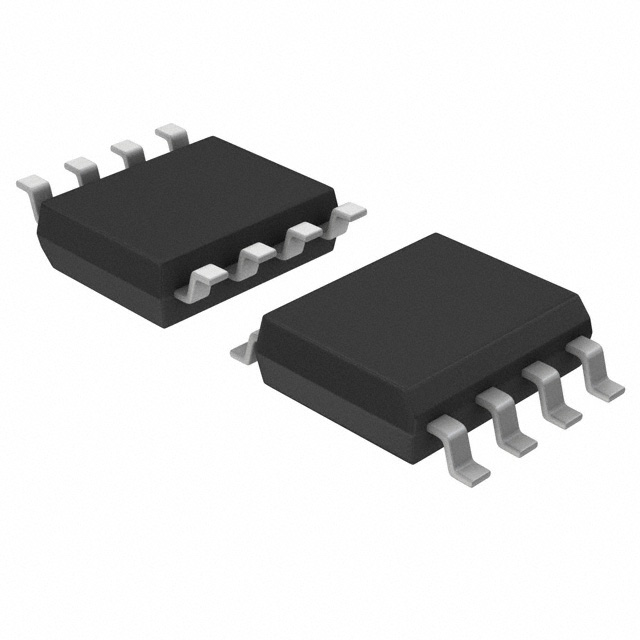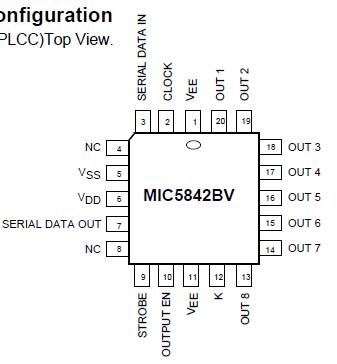MIC5841: Features: • 3.3 MHz Minimum Data-Input Rate• CMOS, PMOS, NMOS, TTL Compatible• Internal Pull-Up/Pull-Down Resistors• Low-Power CMOS Logic and Latches• High-Voltage Curr...
floor Price/Ceiling Price
- Part Number:
- MIC5841
- Supply Ability:
- 5000
Price Break
- Qty
- 1~5000
- Unit Price
- Negotiable
- Processing time
- 15 Days
SeekIC Buyer Protection PLUS - newly updated for 2013!
- Escrow Protection.
- Guaranteed refunds.
- Secure payments.
- Learn more >>
Month Sales
268 Transactions
Payment Methods
All payment methods are secure and covered by SeekIC Buyer Protection PLUS.

 MIC5841 Data Sheet
MIC5841 Data Sheet








